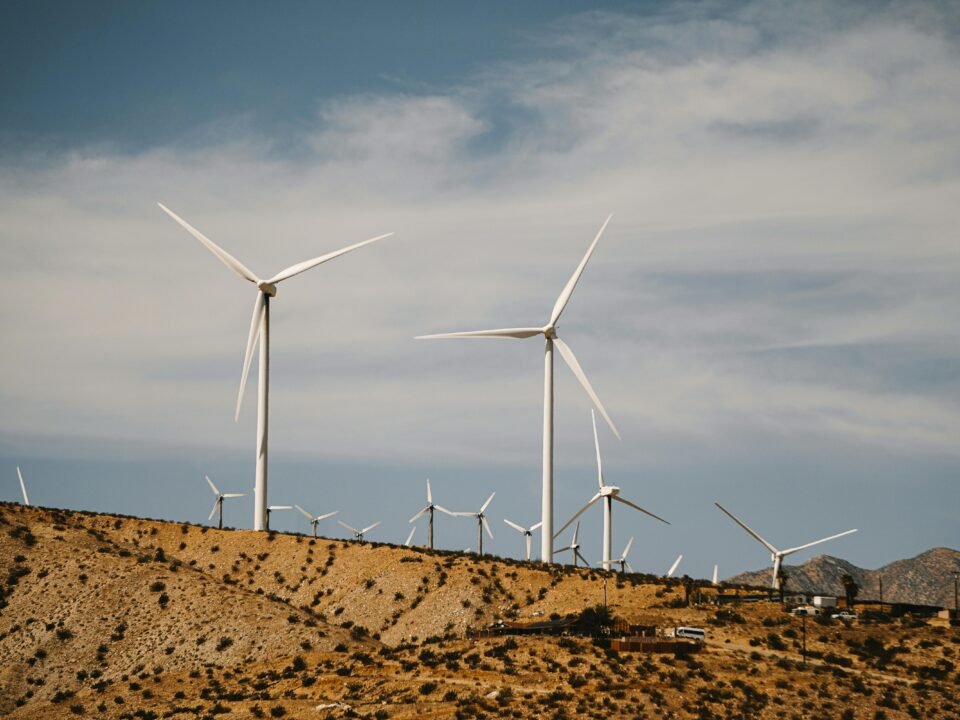First of all let’s address the obvious question, what is digital farming? It is different from smart farming, where the use of electrified machinery like plows, pumps, and harvesting carry out most of the manual labor for the farmer. Whereas ‘Digital Farming’ is the application of big data, software, predictive data mining, and climatic/socio-economic forecasts to produce the right type of farming results or alter them.
Agriculture has always been a high-risk occupation where the quality/quantity of the product along with its market price after harvesting is subject to many variables. There are a lot of middlemen involved who gauge the situation to their benefit and mooch off the poor farmers by offering pathetic prices and false promises. These middlemen, the uncertainty, the quality, and the number of products can be predicted and pre-determined with ‘Digital Farming’ practices for a safe output that will not only benefit the farmer but also our environment.
So basically, it is all about providing targeted and timely information to the farmers in rural areas. Rural Agriculture currently is over-dependant on nitrogen-based fertilizers, rains, and local distribution channels. As of today, there are multiple new applications as developed by the government or a few other private organizations that disperse necessary data from the research teams in a simple and legible way. This is possible with a combination of analytics, cloud computing, digital services, Plant Genetics, and Biotechnology.
There are a few popular applications like Kisan Suvidha, Pusa Krishi, MKisan App, Shetkari Masik, Farm-o-Pedia, Crop Insurance, and AgriMarket as promoted by our Prime Minister Shri Narendra Modi. These applications provide the following sustainable advantages to rural farmers, like:
- Timely updates on the weather of that day and for the next 5 days
- Data about dealers, market prices, agro advisories, plant protection, IPM Practices, etc.
- Various types of crops and their relevant information.
- Government updates on subsidiaries, incentives, and other schemes
- Suitable crop suggestions according to the weather forecast, market rates and seasons
- Get reasonable loans with low interest along with crop insurance
These ‘Digital Farming’ applications, therefore, ensure that there is a sustainable distribution of resources. This also helps avoid mass production of a particular type of crop beyond the demand and stops soil or ecosystem degradation. It also helps the farmers think about their future generation by guiding them with sustainable crop management strategies.




